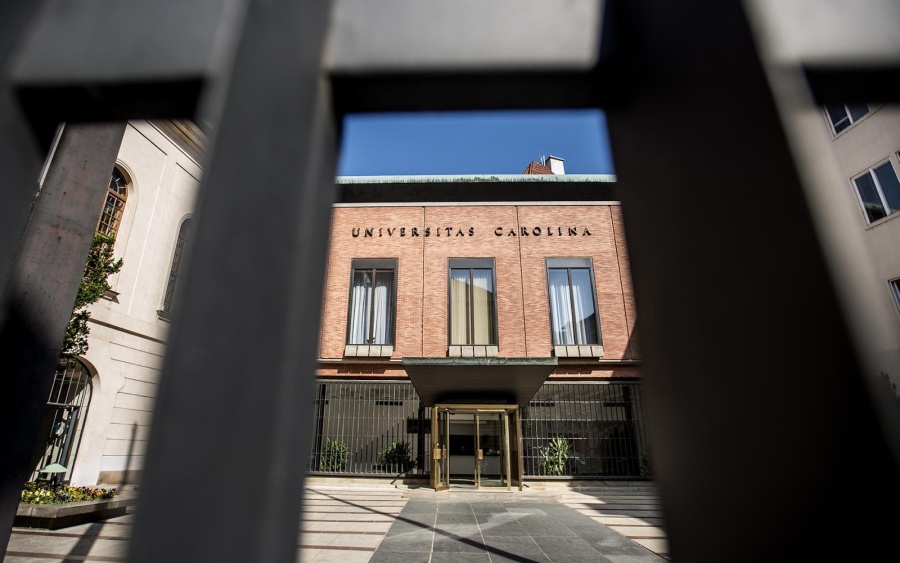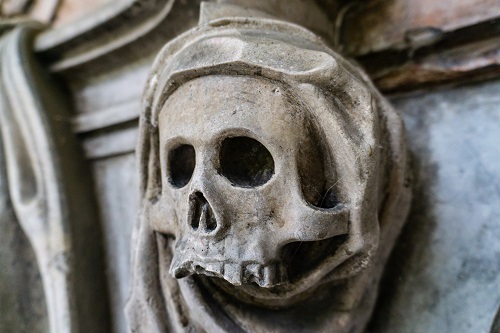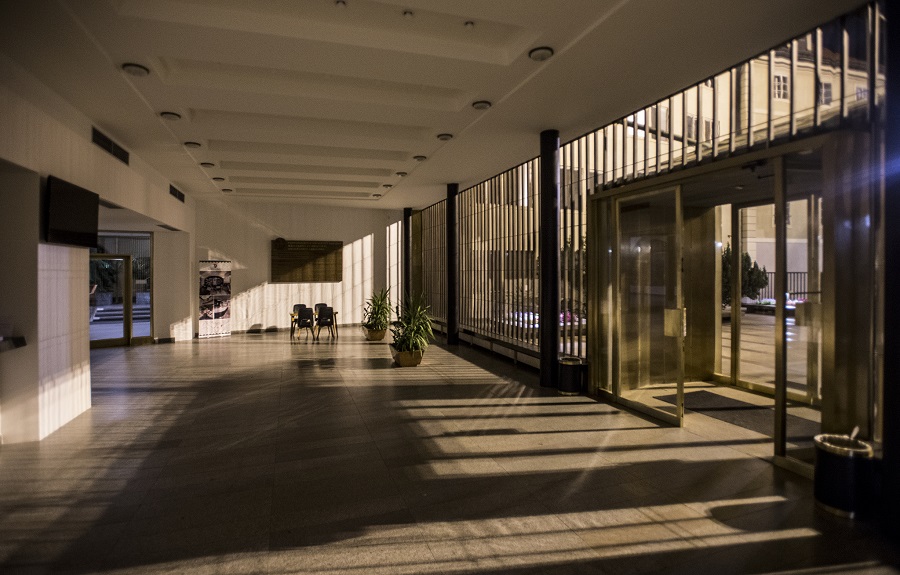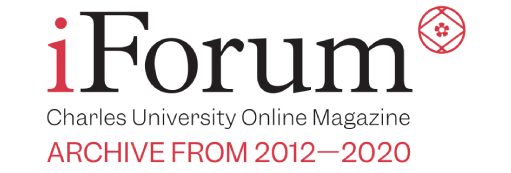Lucie Kettnerová • foto: Vladimír Šigut, Shutterstock • 14 April 2020
The university and "black swan" events
COVID-19 has forced the academic community to leave its lecture halls and classrooms empty and make the transition to distance learning. Students in the medical fields joined the front lines and started to help in hospitals. Others, in the social and psychological disciplines, are helping as well. While such “black swan” events are rare, for Charles University it isn’t the first time something like this has happened.

Medical students also helped during the plague epidemics and in wartime. There are reports of the impact of the “Black Death” on the university in the 17th and 18th centuries, when epidemics of the plague hit the Czech capital. There were several waves that befell Prague in the 17th century. The most widespread was in the years 1679-1681. In their publication “Jezuité a mor [Jesuits and the Plague],” Karel Havlík and Jiří Černý report that at the end of May, 1680, the plague was the reason for the semester’s premature end at the Clementinium (Klementinum). Students of philosophy left for Liběšice, near Litoměřice, while young theologians went to Tuchoměřice, near Prague, where the Clementinium college had farms at the time.
Doctors to the hospitals, students to their holidays
The last wave of the plague epidemic struck Prague on its way from Vienna in 1713, and was much stronger than the previous one in 1680. It resulted in the deaths of around 13 thousand people in Prague (which at the time was one-quarter of the city’s population). Across the country, an estimated 200 thousand people died. At the time, it was assumed that the medical faculty would assume supervision of the country’s health care during an epidemic, and care for the infected was immediately entrusted to the faculty, its professors and graduates. One distinctive personality who joined the fight against the bubonic plague was Alexandr Antonín Ignác Šamský (also known as Schamsky), who was considered one of the most talented graduates of the Prague medical faculty. He was sent to serve in Louny on higher orders due to a lack of doctors there and was also likely one of the plague’s victims.

In “Jezuité a mor [Jesuits and the Plague]”, Havlík and Černý write that the epidemic did not make it inside the Clementinium and that none of the students became infected: the only ones who died were those who served the ill outside of the college. The epidemic shortened the academic year: in the middle of 1713, the rector sent a query to the stadtholder, the provincial leader. He asked whether the school should close down during the plague – when many of those studying had already left. The stadtholder responded several days later that it still wasn’t time for the closure of schools, but because the holidays were just around the corner, students were allowed to leave immediately.
The plague epidemic also interrupted meetings of the university’s commission, which was to have discussed reforms inspired by proposals by Petr Theodor Birelli. Birelli criticised the practice of professors giving private lectures at the expense of their public ones, as too many vacations and holidays, and too much autonomy for the professorial corps. He also revived the idea to merge the archbishopric seminary with the theological faculty.
Anti-plague measures
It is definitely worth mentioning that rulers at the time didn’t just preside over matters, but together with the cities tried to protect inhabitants and financially assist them. The outflow of students from the countryside leaving the city, as well as the escape of rich burghers and nobility, caused a drop in revenues for tradesmen, while the prices of foodstuffs and medicines shot upward. For this reason, in November of 1713, Emperor Charles VI exempted Prague residents from paying all taxes for three years; other relief and support had to be provided by the city’s districts. No one was allowed into the City of Prague without presenting certification that they came from a place that was not stricken with infection, or that they had not travelled on roads where the plague was present.
Safety measures were carried out by pharmacists, who won permission from the academic senate to keep people from entering their pharmacies; filled prescriptions were given through a half-opened door, and pharmacists handed over medicines using tongs.
War, strikes, revolution…
Much more often than epidemics of the plague, the university’s activities were limited by wartime unrest, revolutions and strikes. The absolute longest interruption, for all of the 1520s, was when Charles University was shut down during the Hussite Wars. The university’s activities were resumed very slowly, and the first master’s degree was only granted in 1440.

The entrance hall at the Carolinum stands empty.
The university was also closed in 1741, when it found itself at the center of public events at the beginning phases of the war over the inheritance of the Lands of the Bohemian Crown. An academic legion was established at the university at the time to defend the rights of Empress Maria Theresa; the legion even joined battle on the Prague ramparts. Some colleges at the time served as military quarters. But due to the army’s insufficiency, Prague fell. On 14 December 1741, the academic magistrate at the time sent the new ruler, Karl Albert, a ‘Most Humble Request for Permission to Renew Studies at Prague’s University’; the ruler, however, did not grant permission, and studies did not resume. Only members of the medical faculty were actively engaged; they cared for the injured. Students could only return to their lecture halls in the spring of 1743.
In the 20th century, the university had to limit or completely interrupt its activities several times – during World War I, during the student strikes in 1968 and 1989, and especially after 1939, when Charles University in Prague was closed for six years (the German university in Prague in 1939 joined the portfolio of Reich universities and was closed down after the defeat of the Nazi regime).
The editors would like to thank Marek Ďurčanský, Ph.D., and Petr Svobodný, Ph.D., of the Institute of the History and Archive of Charles University.
